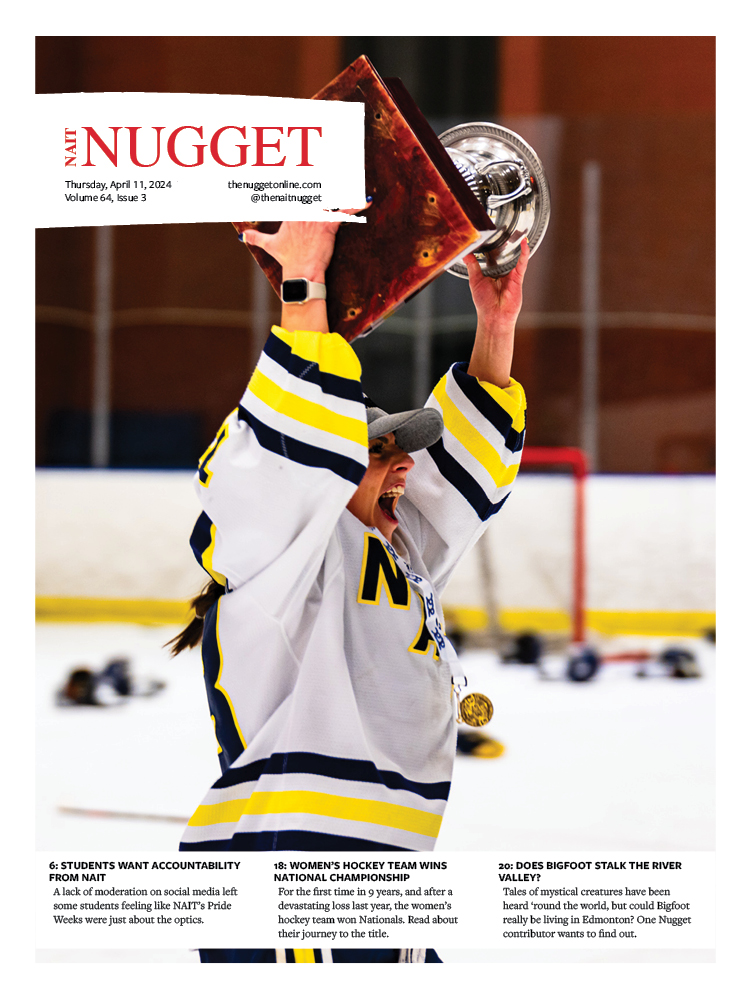By Erica Cawagas
Coffee filters were once bought in packs of 100 for under two dollars at your nearest supermarket. The biggest decision you had to make was whether you would buy the brown or white coffee filters. Today, coffee filters come in multiple shapes, sizes and materials and are used in various styles of coffee brewing.
For a while, anyone who was environmentally conscious assumed white filters were bleached with chlorine, and that brown filters were more ‘natural’. Chlorine can be harmful to the body and coffee companies know that. That’s why nowadays all major filter brands use oxygen-bleaching instead. Brown coffee filters, as environmentally friendly as it may be, almost always produces a ‘papery’ taste when brewing coffee. One way to help reduce that paper flavour is to ‘rinse’ your filter first.
To rinse your paper filter you’ll need to:
Place your filter in the brewing device.
Pre-wet the filter by pouring hot water over it (make sure not leave any dry parts).
Discard the water.
If necessary, rinse a second time.
Continue to brew your coffee.
To get rid of that ‘papery’ taste you may have to rinse your brown filter twice. While white filter leaves no discernible taste as long as it’s rinsed once.
There are many different methods of brewing coffee that require a coffee filter. Coffee machines, pour over, Chemex carafes, and aeropress are just some of those methods.
For the pour-over coffee method, there are different styles of filter. There’s the Melitta, the kalita wave and the cone-shaped filters. The cone-shaped filter has became interchangeable with Hario V60, a popular Japanese pour-over dripper.
In the mid 2010’s with the popularization of quality home-brewed coffee, the Hario V60 became a trendy pour-over dripper and filter. These filters became so popular amongst devoted coffee fans that Hario opened a second factory in Japan and a third factory in the Netherlands to help manage the world-wide demands.
The Netherlands-made filters were once easily identified as the filters that came in plastic wrap as opposed to a box and they had “V60” debossed into the paper filter. They also have convenience tabs to help open the filter, but Hario’s second Japanese factory also manufactured their filters with tabs.
When the Netherland filters first came into circulation, it wasn’t long before coffee connoisseurs noticed a difference. Many people said that their coffee tasted different but there was no real consensus about what specifically changed flavour-wise. The common denominator was that the Hario filters made in the Netherlands took longer to drip. Some even said it took one to two minutes longer.
Popular coffee YouTuber James Hoffman made a video comparing brew times of the different filters, and according to his experiment the Holland-made filters took an extra 50 seconds.
Prima Coffee Equipment, another popular coffee YouTuber, compared the two filters and described them as having different textures and thickness. The Japanese-made filters are softer and feel more coarse while the Netherlands-made filters feel more rigid and ‘starchy’.
Oddly enough even though the Netherlands filter feels thinner, it takes longer to brew and is more susceptible to coffee fines.
While the decision is left to the consumer which filter is best for their personal coffee recipes, there are certain ways to tell the two filters apart. The original Japanese filters are only sold in packs of 40 while the Netherlands filters are sold in packs of 100. You can also look for the Japanese FSC logo.





